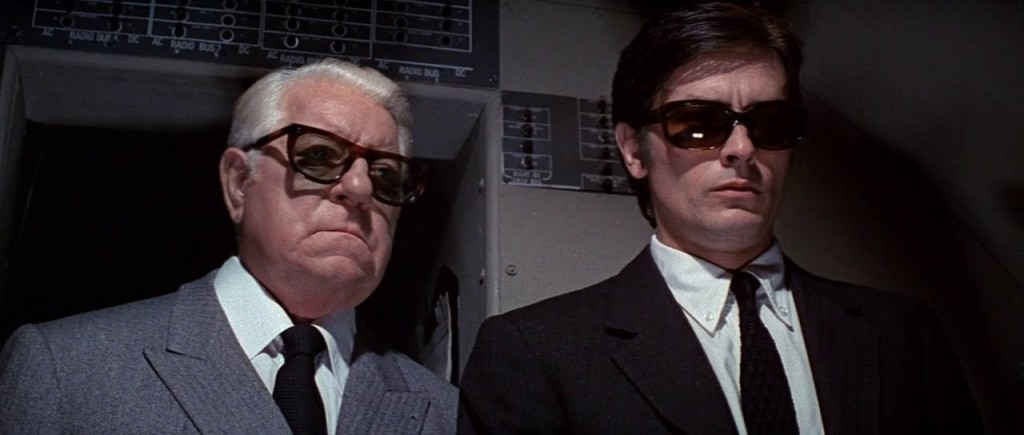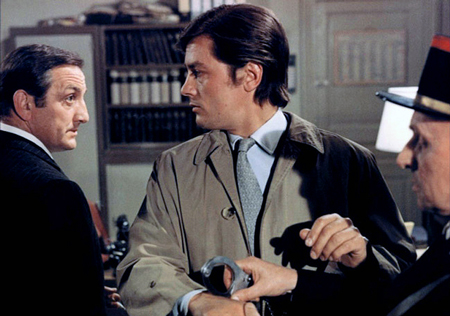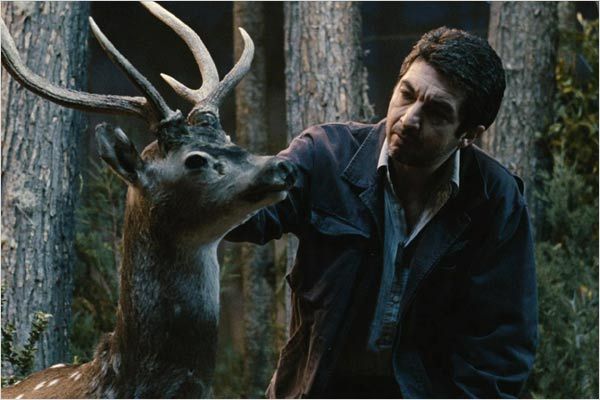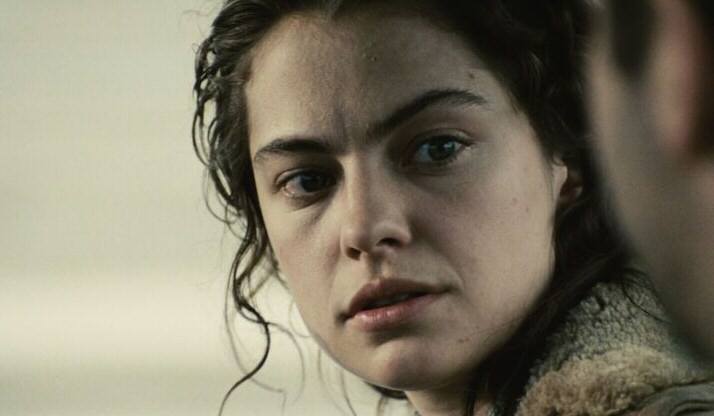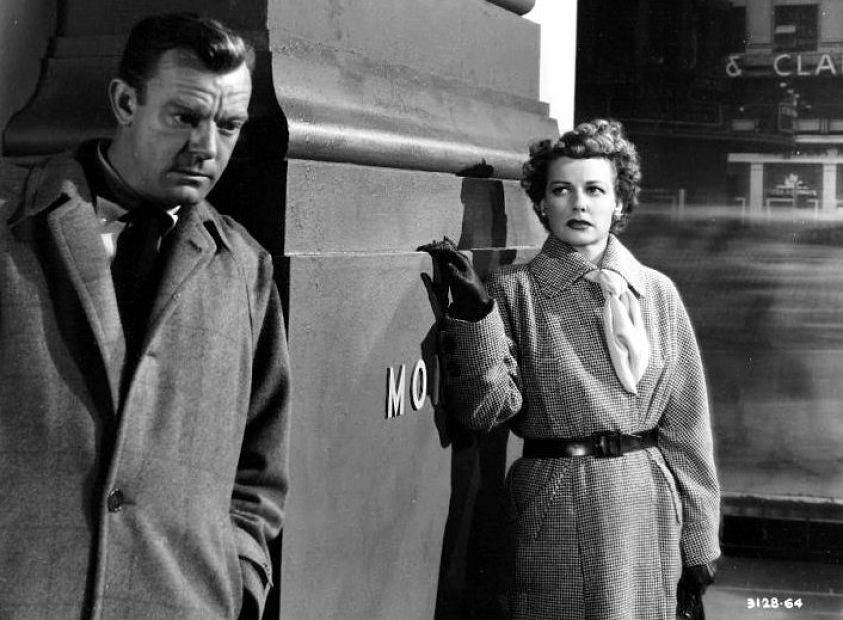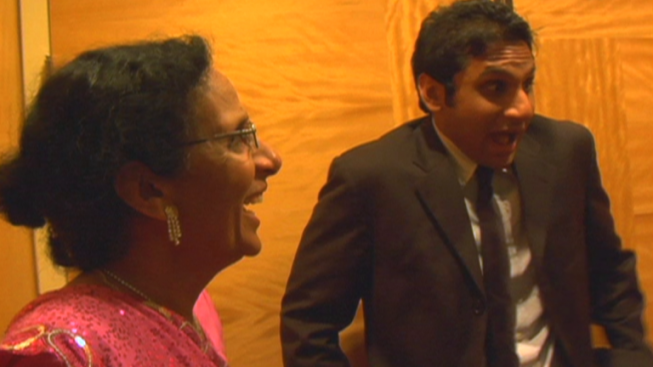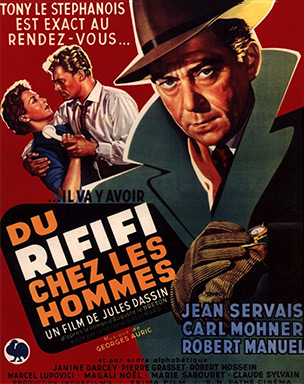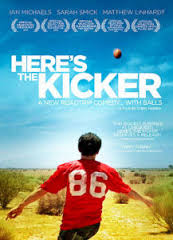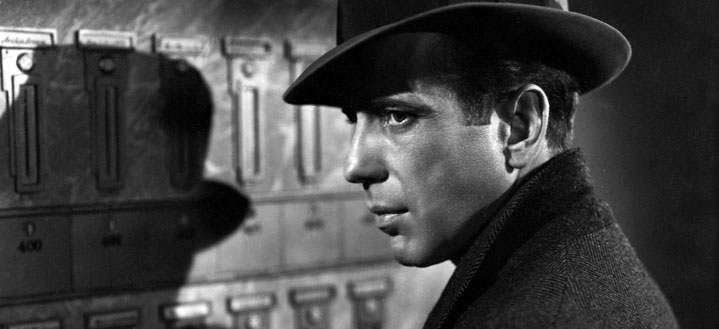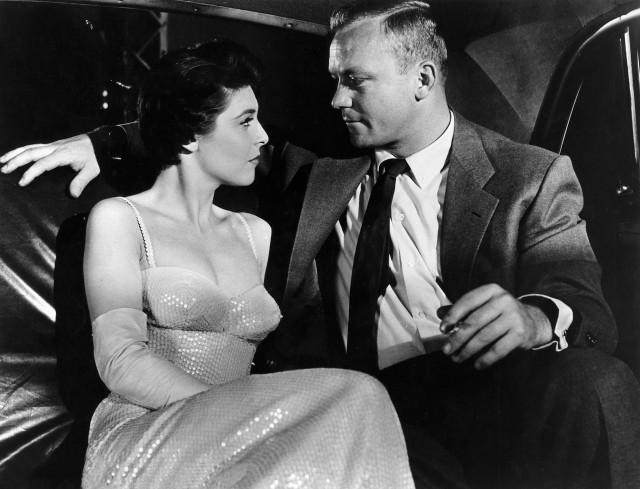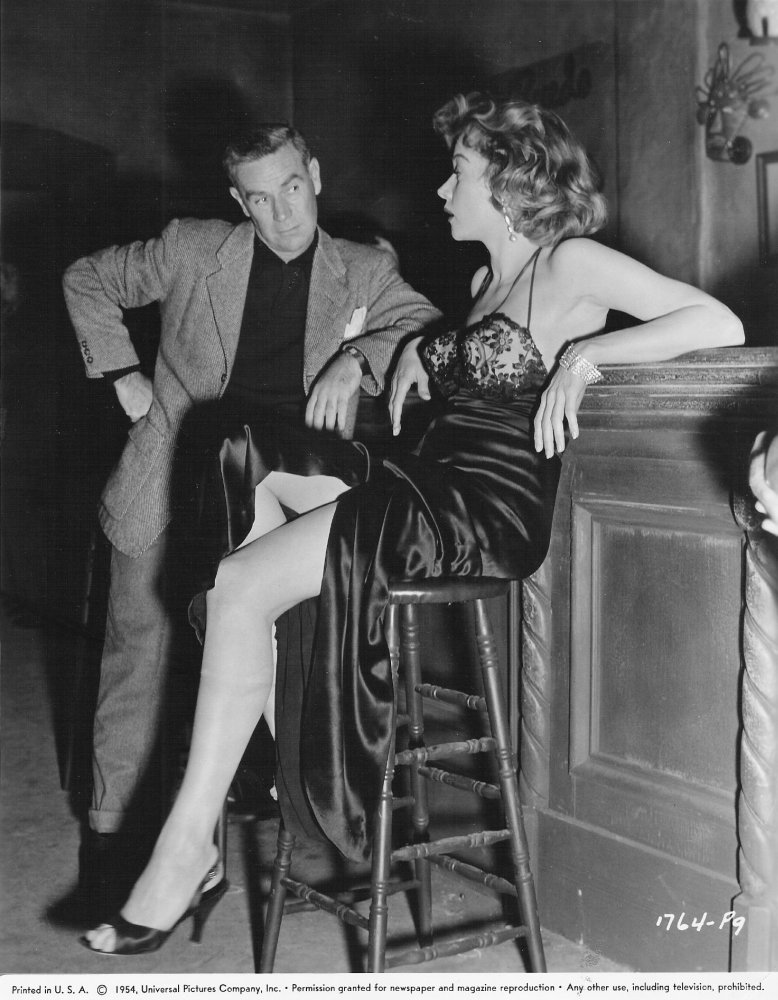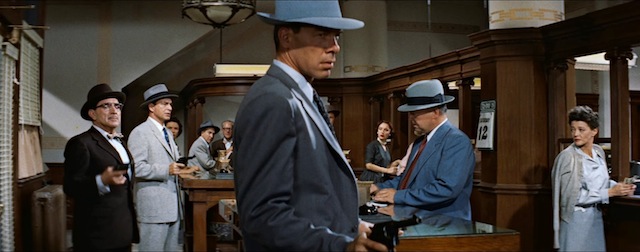
Richard Fleischer is one of my favorite directors, but I was unfamiliar with his Violent Saturday (1955) until the Czar of Noir Eddie Muller programmed it for the 2017 Noir City film festival. Unusual for 1950s noir, it’s filmed in glorious CinemaScope and De Luxe color on location in the bright desert of Bisbee, Warren and Lowell, Arizona.
Three hoods spend a few days casing a bank in a remote mining town. The movie doesn’t center as much on the actual heist as on the characters of the robbers and the townspeople. The smug leader of the gang is Stephen McNally (Dutch Henry Brown in Winchester ’73). The nasty, edgy guy who hates kids and uses an inhaler is played by Lee Marvin with inhaler. J. Carroll Naish plays the no-nonsense crime veteran in the crew.
The townspeople are:
- The sensitive mine manager (Victor Mature);
- The self loathing alcoholic mining heir (Richard Egan), besotted with his straying wife (Margaret Hayes);
- The timid bank manager and nighttime peeper (Tommy Noonan);
- The town hottie (Virginia Leith);
- The Amish farmer (Ernest Borgnine in full Amish beard!); and
- The librarian with a practical approach to her money troubles (veteran Sylvia Sidney).
Unfortunately, the dialogue in Violent Saturday is pretty lame and often downright soapy: “I’ve been cheap and rotten but I’ve always loved you” and “please leave me alone for a while – I don’t want you to see me cry”. And the ending ties everything up a little too neatly – including for the peeping tom.
But the cast did the best they could with the characters, especially McNally. Virginia Leith is a silky and sensuous presence; her career died just a year after Violent Saturday when she wasn’t renewed by Fox (per IMDb); she’s now best known for playing the disembodied Jan in the Pan in the cult fave The Brain that Wouldn’t Die.
Violent Saturday was Richard Fleischer’s fourth film after his noir masterpiece, The Narrow Margin. Indeed, the best thing about Violent Saturday is Fleischer’s expert direction. You can tell that this isn’t by-the-numbers directing when we see the shots of the robbers casing the bank, the dancing in the bar, when the hoods approach Amish with guns drawn and, especially, when the peeper edges past the hottie in the drug store.
[Here’s one thing that confused me about the title: the robbery takes place during regular business hours, and in the 1950s, banks were not open on Saturdays. Maybe the robbery was on Friday and the final shootout is the next day? Help me here somebody.]
Violent Saturday is available to stream on Amazon Instant Video, iTunes, Vudu, YouTube and Google Play.

